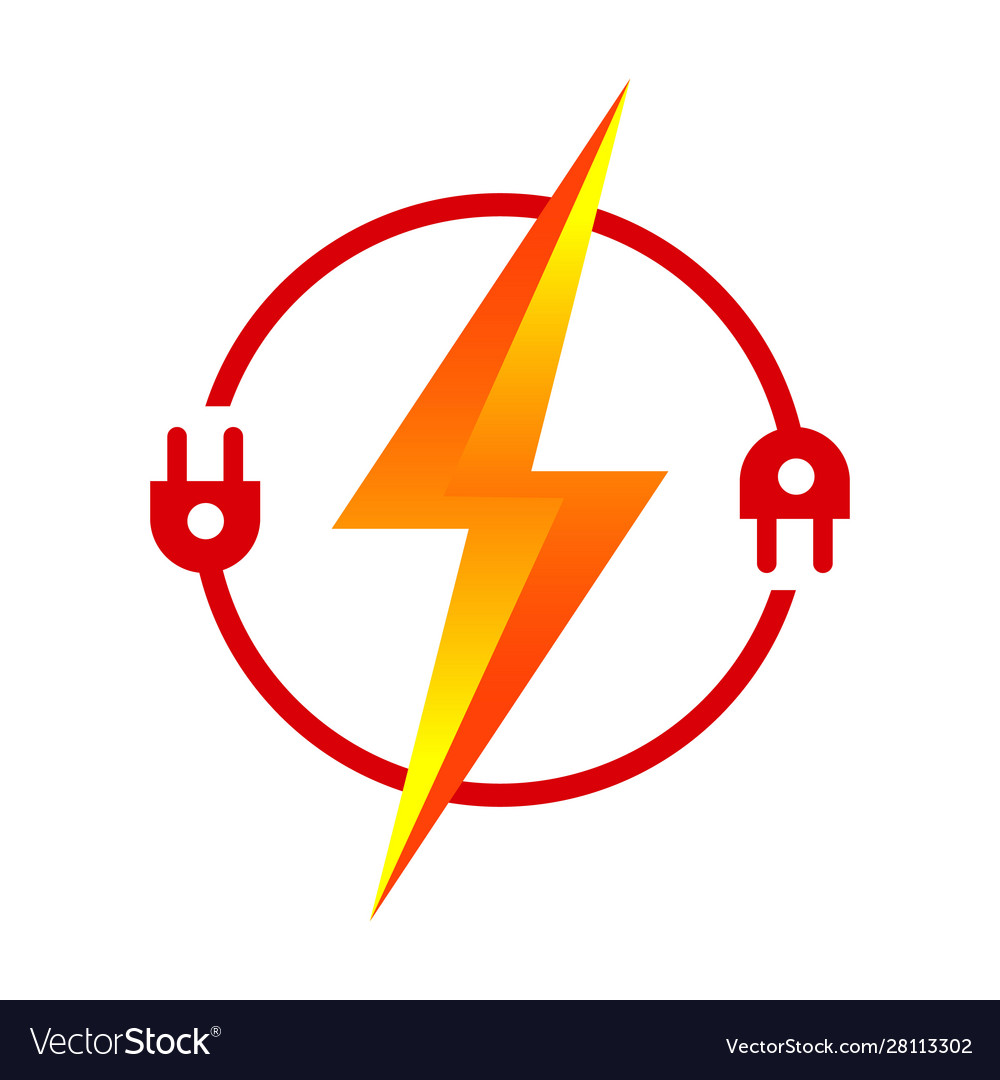Small companies can benefit from comparing rates and prices when choosing an electricity provider. The companies might offer lower rates per kWh based upon the amount of energy they consume. This can save businesses money if it consumes a large amount of electricity. Before making a choice businesses should be aware of the pricing breakdown and examine their historical kWh usage to understand the implications of a particular plan.
Fixed-rate tariff is the cheapest way to pay for business electricity rates
Fixed-rate tariffs are ideal for business electricity rates. This type of contract guarantees that your unit price will not fluctuate over the duration of your contract and ensures that you won’t be overpaying. To find the best business electricity plan, you can review plans online.
Fixed-rate contracts are the most popular kind of energy tariff that is suitable for businesses. They also provide a great amount of stability when it comes to budgeting. They also ensure that customers do not automatically roll-over to more expensive rates when their contract expires. In addition to a fixed-rate agreement you can also choose an extended contract that will extend your current contract with the same supplier.
53 percent of UK households are on variable tariff. In contrast to fixed-rate tariffs, variable rate contracts do not require fixed-term contracts or exit fees. They can be more expensive than fixed-rate tariffs, particularly if energy prices rise significantly.
Seasons have an impact on the prices of electricity for businesses.
Seasons affect business electricity rates in several different ways. Electricity providers used to charge a flat rate regardless of the time of the day. This was allowed in energy markets that were regulated, in which consumers had no choice. But compare business electricity , REPs divide a day into three time periods and vary their pricing between the times in order to remain competitive. For example the demand for electricity in summer is the highest between 10 a.m. from 8 p.m. and winter is at its lowest.
